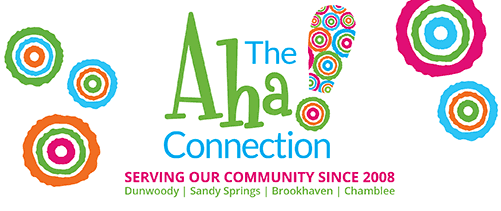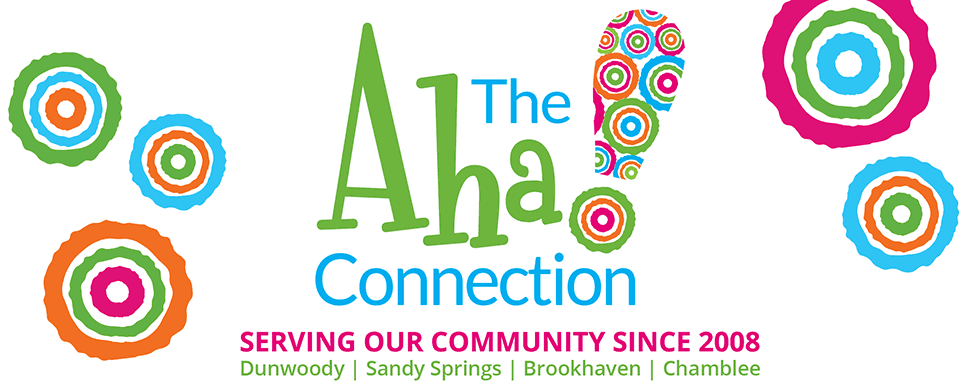Learning in the 21st century is very different from your own school experience or even school 10 years ago, according to Reecie Campbell from Huntington Learning Center of Dunwoody. Today’s students live in the information age, marked by one technological revolution after another and an interconnected, global marketplace. They have grown up using computers, handheld computers, smart phones and more, and the Internet, email and social media play a large part in their daily lives.
As a teacher in this fast-paced world, you must continually find ways to prepare students for the future while taking into account that they are information- and media-savvy. Here are several ideas from Campbell to incorporate technology into your classroom:
Utilize online communities. From chat rooms to more robust virtual communities such as Second Life, teachers can engage students through forums that they are already comfortable with, or use such tools as a supplement in their teaching.
Enhance your teaching through online visual learning tools. Teaching a lesson on sea life to elementary students? Kick it off with a few YouTube videos from Animal Planet. For a geography class, why rely solely on printed maps when you can use Google Earth to take a virtual tour of the world and see the impact of civilization, natural disasters and more?
Start a classroom blog. You can supplement what you teach in the classroom through the use of a blog, soliciting student input on topics related to classroom lessons or as a way to inspire discussions among students. Perhaps regular posts on the blog can be part of your homework assignments. Or maybe the blog can be more focused on community building.
Explore the world. Internet access has made it easy to get news from around the world. For a history or sociology course, encourage your students to research a foreign city or country and bring in a piece of interesting news each week (or a link to a video clip that you could watch as a class).
Create projects using multimedia. Have students create videos with a webcam or handheld video camera. They might create short films on a lesson you are teaching or record an action or event followed by their own reaction to it. Give students a variety of choices (tied to your desired learning outcomes), then let them loose.
Develop websites. No matter what subject you teach, your students can develop websites to augment their learning in your class and gain useful technical skills. Group students together or have them work individually.
Connect with other students across the world via Skype. Skype in the classroom (http://education.skype.com/) puts teachers around the world together and encourages them to share ideas and collaborate on projects that expose students to different cultures and languages. You can also use Skype as a way to access guest speakers who might not typically be available to you due to geography.
Use social media. Ask students to tweet their thoughts on reading assignments via Twitter. Create a Facebook page where you post notes, communicate with students or offer study tips. If you have a class blog, link it to your Facebook page.
Use Google Docs. Google Docs is an online word processor, spreadsheet and presentation editor that allows teachers and students to share documents. It’s a great tool for promoting group work even when students are in different places. Get more ideas at www.google.com/educators/p_docs.html.
Technology is an indispensable part of the lives of all people, and thus, it is important for teachers to embrace and incorporate it into their curricula, says Campbell. The possibilities are endless. Get creative and leverage the power of technology in your classroom and watch your students get students excited while learning.
About Huntington
Founded in 1977, Huntington is a pioneer and leader in the tutoring industry. For over 35 years, Huntington has provided quality instruction to hundreds of thousands of students. Huntington prides itself on being “Your Tutoring Solution” for students in all grades and subjects. They tutor in academic skills, such as reading, phonics, math and study skills; and in advanced math and science subjects ranging from algebra through calculus and general science through physics. They also prepare students for state and standardized entrance exams, such as SSAT, SAT, and ACT. Learn more about Huntington at www.huntingtonhelps.com.
Contact:
Reecie Campbell
Huntington Learning Center of Dunwoody
770-394-2650
CanLearn@HLCDunwoody.com













